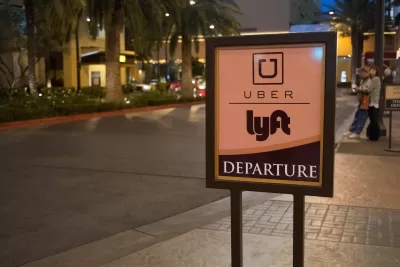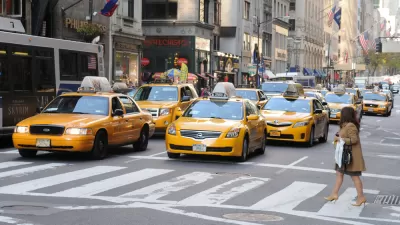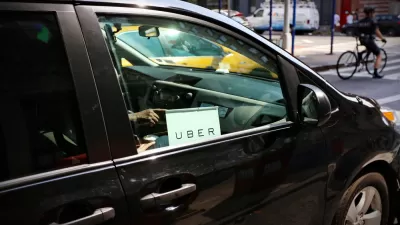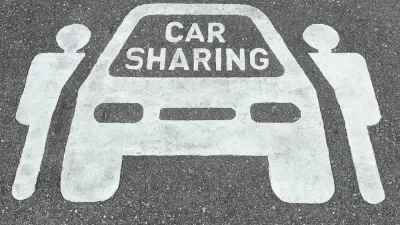A glimpse at Uber's financials show's that the car-hailing app's days of affordability may be shorter than some are expecting

With Uber's rise in popularity it has gained a foothold as an alternate to mass transit for some, pushing out competitors such as Lyft in some markets with hard to beat prices. The Financial Times Alphaville blog takes a closer look at recently released financial data from the company, which shows a substantial subsidy of $2 billion from investors is helping to keep Uber's prices low. As noted in the report, Uber passengers are only paying 41 percent of the actual cost of their trips. Izabella Kaminska of Alphaville writes:
Silicon Valley elites justify the subsidies in the name of monopolistic growth expectations and the building of “eco-systems”*. They believe if monopoly status is achieved, profitability will follow naturally from that point.
Yet, as FT Alphaville has long maintained, there is no reason to assume Uber’s obliteration of local competition across the planet will create a sustainable business in the long term. Costs are costs, even if you’re a monopoly. As long as people have cheaper alternatives (public transport, legs), they will defect if the break-even price is higher than their inconvenience tolerance threshold.
Kaminska notes that the poor returns for the car-hailing aspect of Uber's business model may be why it is now "pivoting its way to viability" with expanded offerings, including Uber Eats.
FULL STORY: The taxi unicorn’s new clothes

Alabama: Trump Terminates Settlements for Black Communities Harmed By Raw Sewage
Trump deemed the landmark civil rights agreement “illegal DEI and environmental justice policy.”

Planetizen Federal Action Tracker
A weekly monitor of how Trump’s orders and actions are impacting planners and planning in America.

The 120 Year Old Tiny Home Villages That Sheltered San Francisco’s Earthquake Refugees
More than a century ago, San Francisco mobilized to house thousands of residents displaced by the 1906 earthquake. Could their strategy offer a model for the present?

In Both Crashes and Crime, Public Transportation is Far Safer than Driving
Contrary to popular assumptions, public transportation has far lower crash and crime rates than automobile travel. For safer communities, improve and encourage transit travel.

Report: Zoning Reforms Should Complement Nashville’s Ambitious Transit Plan
Without reform, restrictive zoning codes will limit the impact of the city’s planned transit expansion and could exclude some of the residents who depend on transit the most.

Judge Orders Release of Frozen IRA, IIJA Funding
The decision is a victory for environmental groups who charged that freezing funds for critical infrastructure and disaster response programs caused “real and irreparable harm” to communities.
Urban Design for Planners 1: Software Tools
This six-course series explores essential urban design concepts using open source software and equips planners with the tools they need to participate fully in the urban design process.
Planning for Universal Design
Learn the tools for implementing Universal Design in planning regulations.
Clanton & Associates, Inc.
Jessamine County Fiscal Court
Institute for Housing and Urban Development Studies (IHS)
City of Grandview
Harvard GSD Executive Education
Toledo-Lucas County Plan Commissions
Salt Lake City
NYU Wagner Graduate School of Public Service





























